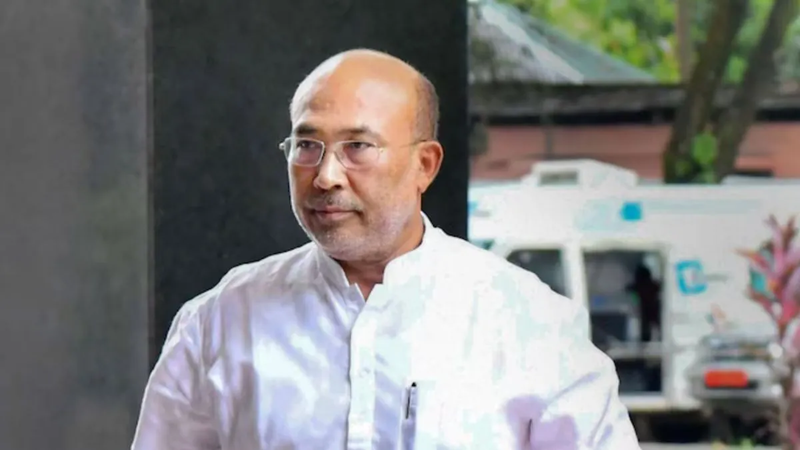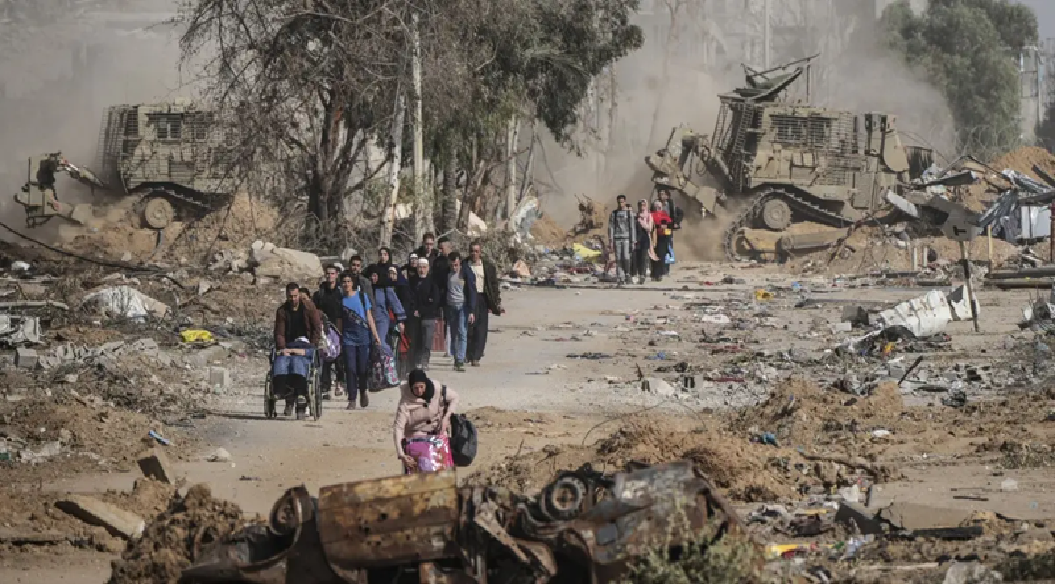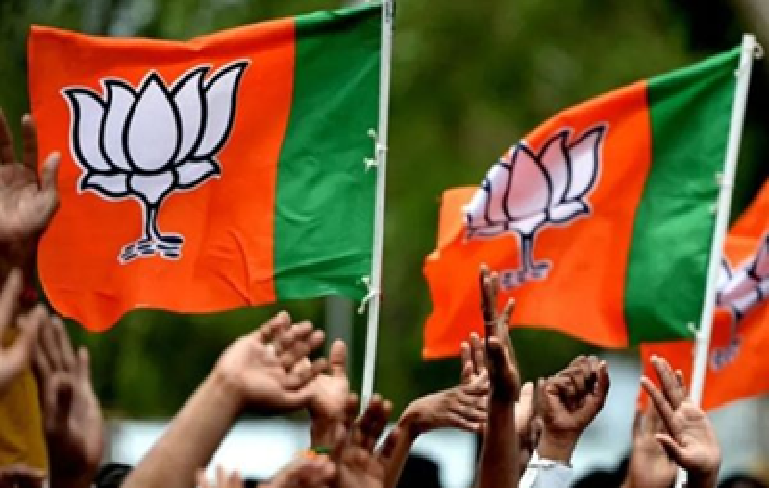
NITI and health realities, a lopsided view
Banjot Kaur
The ‘Annual Health Index’ that the NITI Aayog released on December 27 had an unsurprising headline: Kerala topped the charts. It has been doing so for the last four years. But there was another headline that the report seemed keen to point out, as well as Aayog CEO Amitabh Kant: that Uttar Pradesh had registered the highest incremental change relative to past performance, among ‘larger states’.
Health experts cautioned that there is more to this claim than meets the eye.
In the fourth iteration of this exercise, the NITI Aayog calculated the health indices for the reference year 2019-2020 against the base year of 2018-2019. The index is a composite score for each state out of 100.
In 2018-2019, Kerala had a score of 81.6, and in the reference year, of 82.2 – an improvement of 0.6 points. On the other hand, the scores of Uttar Pradesh, which has been at the bottom of the ranking, jumped from 25.06 in the base year to 30.57 in the reference year – a change of 5.52 points.
“Isn’t it common-sense that if the baseline is low, the scope of incremental change is the highest?” T. Sundararaman, a public health expert and global head of the People’s Health Movement, asked The Wire Science. The president of the Public Health Foundation of India, K. Srinath Reddy, also agreed. “For a state like Kerala, which has already achieved a lot in maternal and child health indicators, there is not as much scope to improve as it is in improving on the front of non-communicable diseases,” Reddy said. “For states like Uttar Pradesh, the challenge still is to improve maternal and child health indicators.”
Grouping problem
The experts also raised concerns about the three categories into which the report grouped the states. Eight were called ‘smaller’: Arunachal Pradesh, Goa, Manipur, Meghalaya, Mizoram, Nagaland, Sikkim and Tripura. Seven Union territories were treated as is. And the remainder were called ‘larger’. (West Bengal didn’t participate and the report said there wasn’t enough data from Ladakh.)
The problem is that the demographic and epidemiological realities of the ‘larger’ states are not uniform. For example, both states at the top and the bottom of the ranking – Kerala and Uttar Pradesh – are ‘larger’. “Since their realities are so different, how can they be put in one basket … and be compared,” Sundararaman asked.
Both Sundararaman and Reddy said binning states with such disparate health demands together and measuring their performance from the same standpoint wouldn’t yield a correct picture. On another note, if all states under all the three categories are put in one basket and compared, then Mizoram stands at top in terms of a ‘positive incremental performance’ of 18.45 points as against Uttar Pradesh’s 5.52 points. Most indicators in the ‘health outcomes’ domain were concerned with states’ performance on maternal and child health, and to some extent about tuberculosis and AIDS. But the domain didn’t capture states’ performance against non-communicable diseases (NCDs). According to the National Health Portal, 5.8 million people die of heart and lung diseases, stroke, cancer and diabetes – all NCDs – every year in India. So this is a major oversight. Another key missing aspect was mental health.
“Due to the absence of these indicators, the report is incomplete [vis-a-vis] gauging India’s health transition,” Reddy said.
Some important results
Among the ‘larger’ states, Kerala and Tamil Nadu occupied the first and second places, with overall scores of 82.2 and 72.42 respectively. The next three were Telangana, Andhra Pradesh and Maharashtra. The five states at the bottom were Uttarakhand, Rajasthan, Madhya Pradesh, Bihar and Uttar Pradesh, in that order. Himachal Pradesh, Kerala, Maharashtra, Punjab and Tamil Nadu registered NMR between 5 and 13 neonatal deaths per 1,000 live births. The UN Sustainable Development Goal target is 12 neonatal deaths per 1,000 live births. Haryana, Madhya Pradesh and Uttar Pradesh had also registered better NMR and U5MR figures between 2017 and 2018.
This said, all the ‘larger’ states also reported a shortage of specialists at district hospitals.
The availability of functional first referral units (FRUs) was 100% or more in five ‘larger’ states – Karnataka, Kerala, Punjab, Tamil Nadu and Telangana. According to the report, “A functional FRU is essential to provide specialised services close to the community and can help in improving access and decongesting the patient load at higher level facilities.”
Bihar continued to
 English daily published in Bengaluru & Doha
English daily published in Bengaluru & Doha






